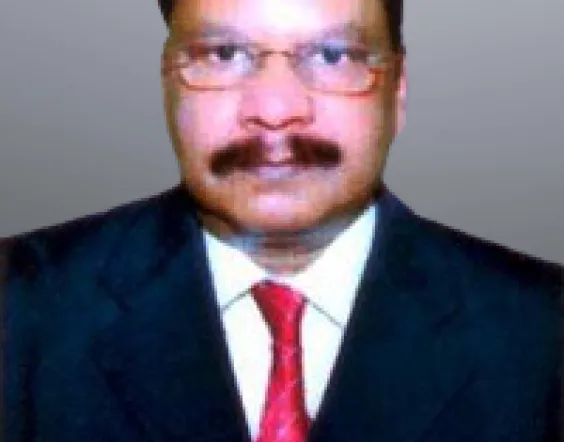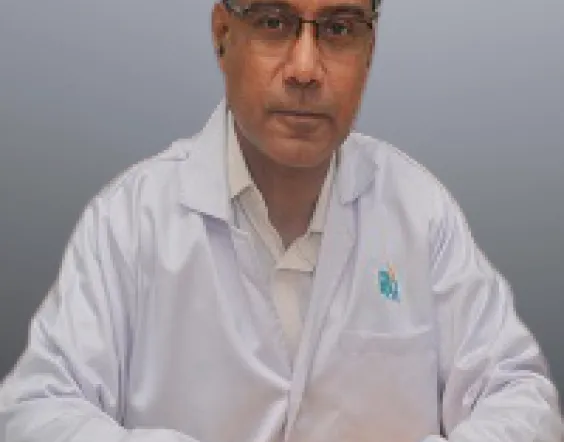Pediatric neurosurgery addresses a range of conditions affecting the brain, spinal cord, and peripheral nerves, many of which are unique to this age group.
Pediatric neurosurgeons manage conditions that are:
1. Congenital (present at birth): Such as neural tube defects or craniosynostosis.
2. Acquired: Including trauma, tumors, and infections.
3. Developmental: Disorders that affect normal brain or spinal cord growth.
Common Conditions Treated in Pediatric Neurosurgery
1. Congenital Anomalies
• Hydrocephalus:
• Abnormal buildup of cerebrospinal fluid (CSF) in the brain.
• Treated with:
• Shunt placement: Diverts CSF to another part of the body.
• Endoscopic Third Ventriculostomy (ETV): Creates a new CSF pathway.
• Neural Tube Defects:
• Spina Bifida: A condition where the spinal cord does not close properly during development.
• Myelomeningocele Repair: Corrective surgery to protect exposed nerves.
• Chiari Malformation:
• Structural abnormality at the skull base leading to brain tissue compression.
• Treated with decompression surgery.
2. Brain and Spinal Tumors
• Common Pediatric Tumors:
• Medulloblastomas.
• Astrocytomas.
• Ependymomas.
• Craniopharyngiomas.
• Treatment:
• Tumor resection (surgical removal).
• Adjunct therapies (chemotherapy, radiation).
Read More
3. Craniofacial Disorders
• Craniosynostosis:
• Premature fusion of skull sutures, leading to abnormal head shapes.
• Treated with cranial reconstruction surgery.
• Plagiocephaly (flat head syndrome):
• Severe cases may require surgery.
4. Traumatic Brain and Spine Injuries
• Trauma Management:
• Craniotomy for intracranial hemorrhage or brain swelling.
• Spinal stabilization for fractures or spinal cord injury.
• Decompressive Craniectomy:
• To relieve pressure from brain swelling.
Read More
5. Epilepsy Surgery
• For drug-resistant epilepsy:
• Focal resection (removal of seizure focus).
• Corpus callosotomy (disconnecting nerve pathways).
• Hemispherectomy (rare cases).
• Vagal Nerve Stimulation (VNS):
• A device implanted to reduce seizure frequency.
6. Vascular Abnormalities
• Arteriovenous Malformations (AVMs):
• Congenital tangles of blood vessels that can rupture.
• Treated with microsurgery, embolization, or radiosurgery.
• MoyaMoya Disease:
• Progressive narrowing of cerebral arteries.
• Treated with revascularization surgery.
7. Functional Disorders
• Cerebral Palsy:
• Selective dorsal rhizotomy (SDR) to reduce spasticity.
• Movement Disorders:
• Deep Brain Stimulation (DBS) for dystonia.
8. Infections
• Brain Abscesses:
• Treated with surgical drainage and antibiotics.
• Spinal Infections:
• Drainage and stabilization if necessary.
9. Other Conditions
• Tethered Spinal Cord Syndrome:
• Surgery to release the spinal cord and restore normal function.
• Cysts:
• Arachnoid cysts or dermoid cysts, treated with fenestration or removal.
Surgical Techniques in Pediatric Neurosurgery
1. Minimally Invasive Surgery
• Endoscopic neurosurgery for conditions like hydrocephalus and intraventricular tumors.
• Key benefits include less pain, shorter hospital stays, and faster recovery.
2. Image-Guided Surgery
• Use of intraoperative imaging (MRI, CT) to enhance precision.
3. Microsurgery
• High magnification and specialized instruments for intricate surgeries, such as tumor removal










